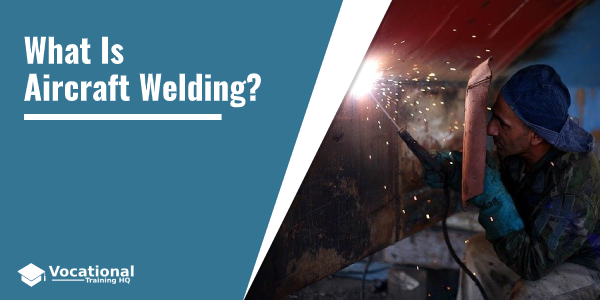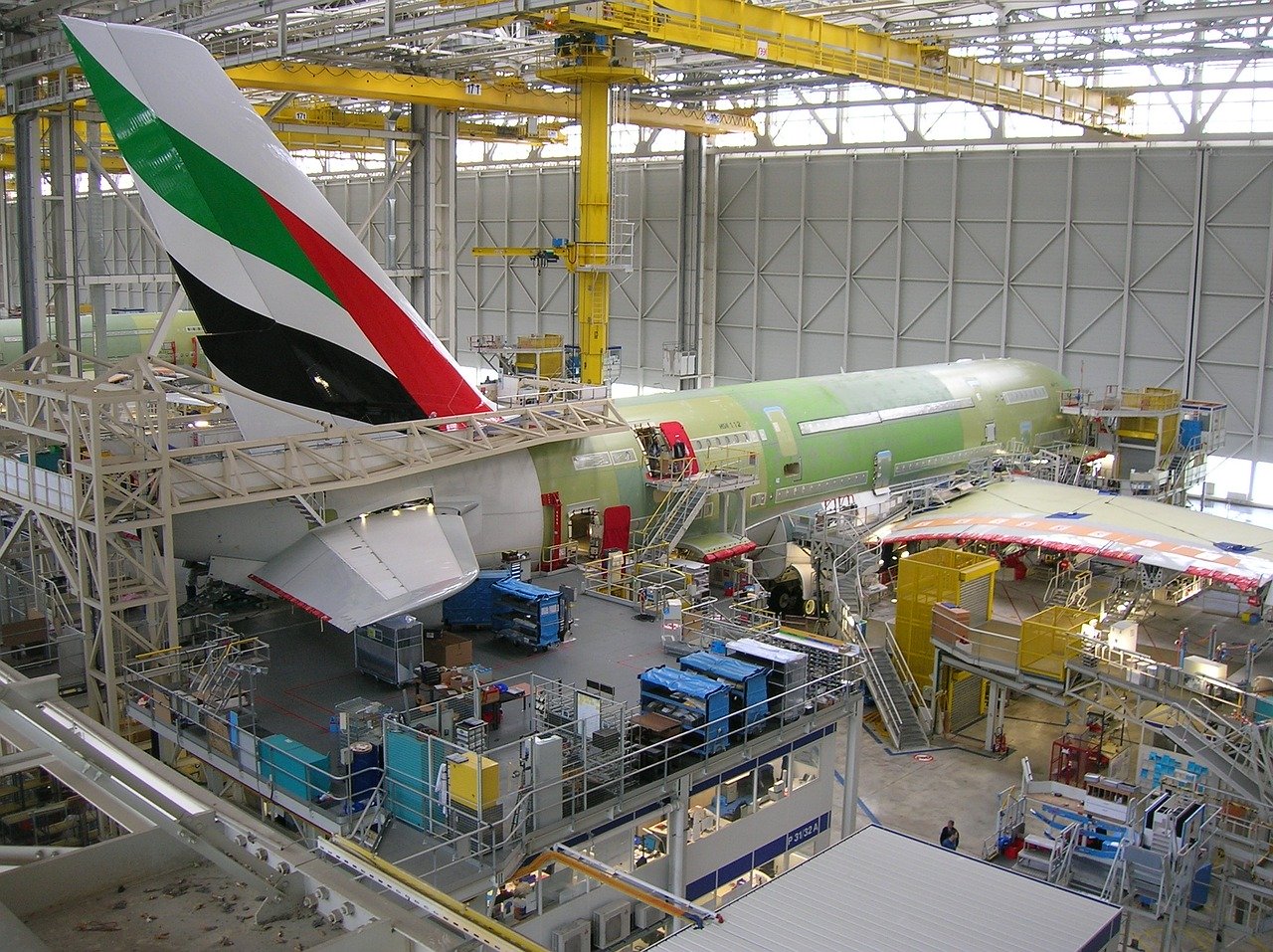Welding is one of the most common techniques for fusing metals.
It is used in a variety of industries for the strong metal bonds it provides.
More than half of the US-made products require welding.
Welders can work in a wide variety of industries, including the racetracks of NASCAR, the Texas oil fields, and the airplane manufacturing factories across the country.
Article Table of Contents
Introduction to Aircraft Welding
Some of the first aircraft was manufactured for commercial use with welding.
Over time, the technologies and manufacturing processes in the aerospace industry evolved.
New techniques to work with lighter materials, including magnesium, aluminum, and titanium, were developed.
Today, several different welding techniques are used.
Aircraft Welding Processes
Gas Welding
Up until the mid-1950s, gas welding was the most used process for aircraft materials with less than 3/16-inch thickness.
Gas welding was largely replaced by electric arc welding since it was more economical.
However, gas welding is still often used for repair of aircraft.
Types
- Electric arc welding is extensively used in the industry for aircraft manufacturing and repair.
It is good for a wide range of metal types. - Oxy-acetylene welding is used for aircraft fabrication.
Gas Tungsten Arc Welding (GTAW or TIG)
TIG welding was developed to be used on magnesium in the late 1930s and early 1940s.
Today, TIG welding is still the primary method for magnesium, thick aluminum, and stainless steel.
In the aircraft industry, TIG welding is used for aircraft maintenance and repair.
Types
- Shielded Metal Arc Welding (SMAW) is sometimes used for steel fuselage structures welding.
- Gas Metal Arc Welding (GMAW or MIG) is used for large-scale aircraft manufacturing.
The quality of weld produced in this process is determined by destructive testing, so it isn’t often used for repair work.
Besides these types of welding, electric resistance welding is also used in the industry.
Specifically, spot and seam welding is used for connecting thin metal components.
The plasma arc welding (PAW) is also used for miniature and precision applications.
Aircraft Welder Job Description
Welders handle the repair and manufacture of jets, airplanes, and helicopters in the aircraft field.
Generally, 60% of welders, solderers, brazers, cutters work in the field of manufacture, while 5%, in repair and maintenance.
Welding typically involves the following:
- Studying specifications, blueprints, and sketches.
- Inspecting materials and structures to be welded.
- Maintaining machinery and equipment.
- Calculating dimensions of welding projects.
- Monitoring one’s work to prevent overheating.
How to Become an Aircraft Welder
To prepare for the welding training, you can take some high school classes.
They include math, chemistry, and physics.
Students interested in welding training can also study metallurgy and mechanical drawing.
After graduating from high school, students can enroll in a welding training program and learn the welding processes that are commonly used in the aircraft industry, such as TIG, MIG, SMAW.
Welders can acquire certifications in the welding processes, which can be useful for employment.
The certification tests based on industry standards are provided by such organizations as the American Welding Society.
A Career in the Aerospace Industry
A significant part of the US population is employed by the aerospace industry.
In 2015, 1,662,000 workers were employed in the industry.
Welders are essential for the manufacture and maintenance of aircraft.
You should learn a wide range of welding processes to become a welder.
Welding training is provided by the trade schools, and certifications can be useful for the advancement in the field.
Read the full guide: How to Become a Certified Welder


